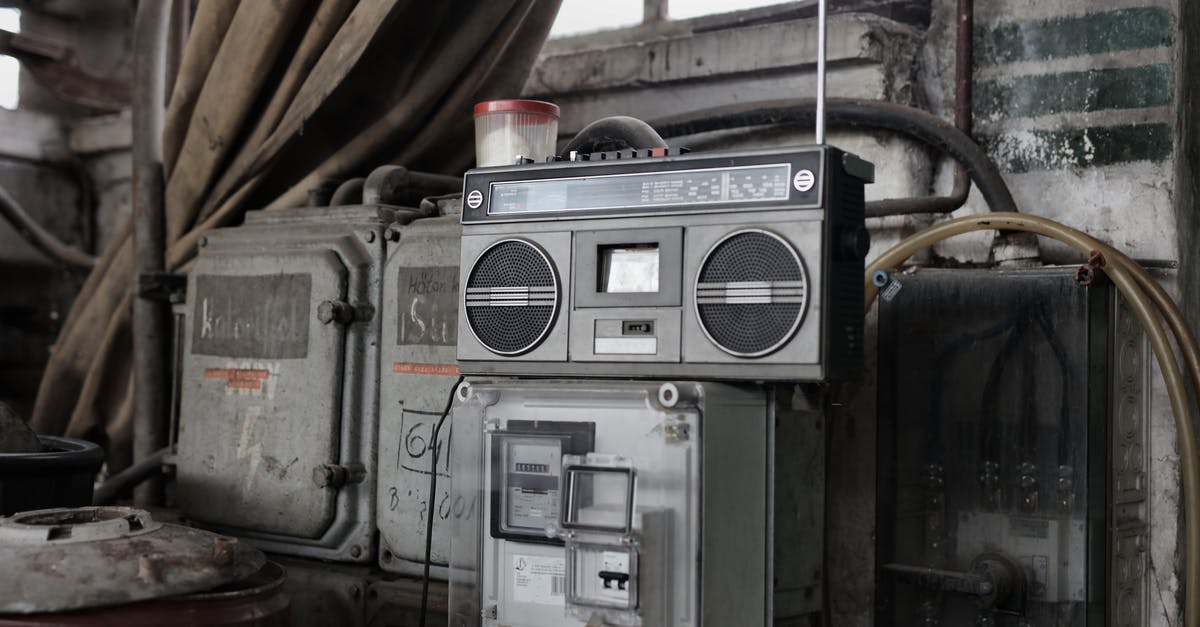The Importance of Trunking Radio Systems

A trunking radio is a straightforward two-way communications system, which use a single control channel to quickly assign regularity stations to pre-determined sets of users, and also allows for effortless re-assignment of such frequency channels with all the push of a button. In summary, a trunking radio is a type of walkie-talkie. The distinction is based on the fact a walkie-talkie has a built-in transmitter, and a trunking radio does not. The difference is walkie-talkies are able to communicate much farther than a trunking radio. They could even achieve distances so far as a hundred or so foot, while a trunking radio will only work when there is an available connection to the local system or mobile towers.
A trunking radio works much like its smaller counterpart, the two-way talkie. A couple of transceivers linked together will dial within their respective control channels, from which they'll be able to receive and send data. This is the reason a trunking radio is used to manage numerous communication outlets; each socket may be linked to a new talk group and every of those may have a unique control channel. All this, however, calls for that there's an available supply of energy or an RF signal.
The most basic of most radio systems, also called a “bundle” or “buzzer” radios, functions in very similar method. Just like a set of headphones, these radios are powered by a single channel, dialing through one control rule at the same time. In other words, whenever a user presses the buzzer designated lever, the channel is opened and the radio gathers enough data make it possible for it to give off an alert, just like an mp3 player.
These early forms of radios aren't very durable. Nonetheless, more recent versions of the systems have been built to be more durable and tend to be often running on rechargeable batteries. As soon as the battery dies, it's very an easy task to replace it together with saved data is just like effortlessly retrieved. Another enhancement that is made through the years could be the addition of more than one channel. If there are two main or more users on a single system, each can get a handle on several stations without disturbance to each other. This enables for a method to address a multitude of traffic, such as for example communications between two or more websites or offices, or it may are a repeater to manage a wide range of frequencies, covering almost every variety of communication situation.
Trunked systems is assigned different networks for different purposes, such as for example commercial and domestic purposes. A commercial channel could possibly be assigned to the location of a business, giving customers the simplicity of connection when they are nearby the business. Public safety authorities additionally utilize them to make contact with local law enforcement agencies when a situation becomes urgent, which can help keep individuals away from dangerous situations. Some even use the unit as a method of communication in other parts for the country, covering all federal, state and regional areas in the case of an emergency.
There are numerous uses for trunking systems, in addition they are instrumental in enhancing the quality of communications systems through the general public sector. As technology continues to advance, it's likely that more improvements will undoubtedly be made to this kind of radio communication system. As time goes on, trunking systems may become more essential in aiding to make certain that the standard requirements of public sector workers are met. This is especially true with emergencies that will occur at any time and require quick information sharing. It might help if all workers had usage of clear and reliable transmissions to obtain everybody picked up.




